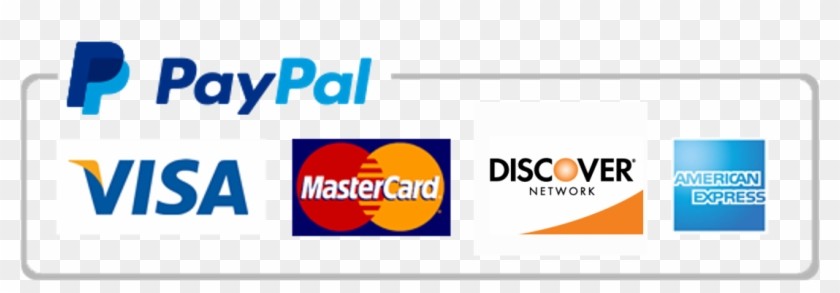SCS 100 SNHU Empowerment & Self Acceptance Advertisement Project
Ace your studies with our custom writing services! We've got your back for top grades and timely submissions, so you can say goodbye to the stress. Trust us to get you there!
Order a Similar Paper Order a Different Paper
Description
Complete this project by addressing the criteria below. You will work on parts of the project in each module and receive instructor feedback. Your final submission will be revisions of the work you do throughout the course.
Part One: Advertisement Analysis
In this section, you will analyze the four advertisements you selected earlier in the course. Use social science approaches to gather specific information from them. As you conduct your analyses, think about what these advertisements say about the companies selling the products, the organizations making the ads, the people purchasing the products, and society as a whole.
Determine how individuals and groups are represented in the advertisements.
What audiences are the advertisements trying to reach?
What unspoken or underlying messages do you think the ads might be sending?
Identify stereotyped group behavior in the advertisements.
What are the advertisements saying about the behavior of the groups represented in them?
What underlying messages do the advertisements send about the group behaviors in them and the audiences they assume will be consuming the products?
Determine how different cultures are represented in the advertisements.
How do the ads represent culture? Are any stereotypes being used?
What unspoken or underlying messages do you think the ads might be sending about culture?
Discuss how ethical issues in the social sciences impact advertising. Look beyond the economic effects of advertisements and consider the following questions to help address this prompt:
Do the ads confirm biases? Do they rely on stereotypes? Do they support social change? Do they stay neutral on social or political movements? Should they get involved in social or political movements?
Why might it be important for advertisers and companies in a diverse world to be as inclusive and unbiased as possible?
Part Two: Social Science Questions
The answers that come from an analysis can often lead to more questions. In this section, you will use the information you found from your advertisement analyses to ask a broader social science question. You do not need to answer the question, but you do need to talk about how you might study your advertisements using the skills and knowledge you’ve gained in this course.
Propose a finalized social science research question based on your analysis of the advertisements you chose.
Think beyond the minor details from your analysis and consider what the ads say about individuals, groups, institutions, or society.
What is the meaning or significance of the ads? For example, you might be interested in ethical issues related to advertising. You might want to explore how current events influence the content of ads. Or maybe you would like to ask how common themes in ads could impact an audience’s self-concept.
Discuss how you used a social science perspective to develop your research question.
Explain how you used social science concepts, perspectives, or approaches to write your research question.
Explain one major development in the social sciences that may have influenced your research question.
The major development could include an important event, a discovery, the rejection of an old theory, acceptance of a new theory, or a change in culture that affected the field.
How might these changes in thinking and research have affected the conclusions drawn about your advertisements and the questions asked about them?
Part Three: Reflection
In this section, you will reflect on your experience using social science perspectives to analyze advertisements and ask research questions. You will consider how your personal beliefs, assumptions, and values influenced the question you developed, and explain why knowledge of the social sciences is important to understanding yourself, other people, and the world around you.
Describe how your assumptions, beliefs, and/or values influenced the way you analyzed your advertisements.
Consider how your perceptions of the social world may have influenced the way you viewed your advertisements. Did it/they cause you to make assumptions about the people in the ads? Did you focus on certain advertisements, or parts of advertisements as a result? How might someone with a different set of beliefs view your advertisements?
Discuss how social science perspectives or approaches could be used to process information.
Focus on the social science perspectives or approaches you feel would be the most beneficial for analyzing the information you are presented with every day.
For example, would analyzing ads on social media from the political science perspective help you better understand a company’s political stance on issues? What perspective would help you determine if there was a possible link between the length of a commercial and its intended audience? Would examining an ad targeted at caregivers from a sociological perspective help you understand the meaning of family in various cultures?
Explain how looking at the world from social science perspectives may impact your personal life.
How might using social science skills help you process and understand the information you use in your life?
Explain how examining issues from social science perspectives may affect your community relationships.
Think about challenges or opportunities in your community. How might applying social science perspectives to those issues benefit your community?
Discuss how being more informed about the social sciences may help you understand global contemporary issues.
Consider how understanding the ways social scientists examine human behaviors could influence the way you approach global challenges and questions.

Looking for top-notch essay writing services? We've got you covered! Connect with our writing experts today. Placing your order is easy, taking less than 5 minutes. Click below to get started.
Order a Similar Paper Order a Different Paper

